02:08
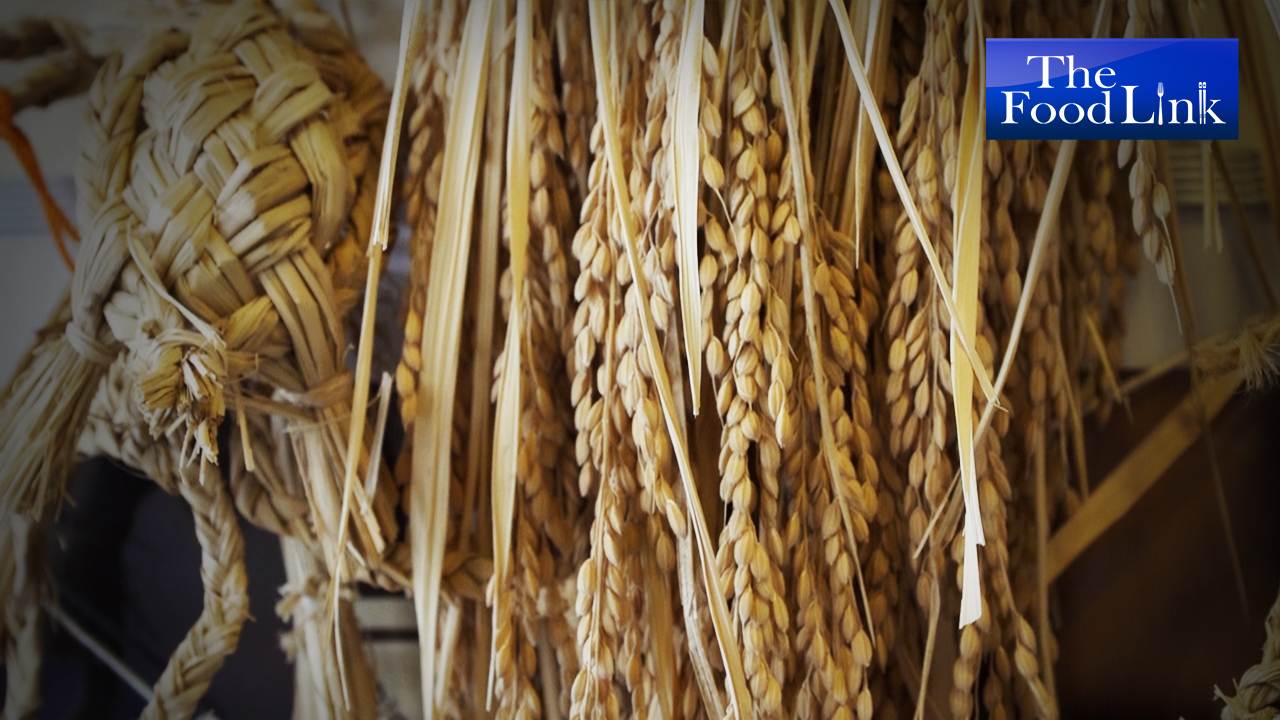
Rice has always been a staple food for Japan. However, rice consumption rapidly declined as dietary needs changed when Japan entered high economic growth in the 1960s. Household meals were gradually influenced by western style meals, as imports of meat and dairy products increased.
Younger generations became more interested in eating meat and dairy products rather than the traditional fish and vegetables.
As young people flocked to the cities to seek job opportunities, increasing number of people preferred to eat simple meals and fast food rather than cook at home.
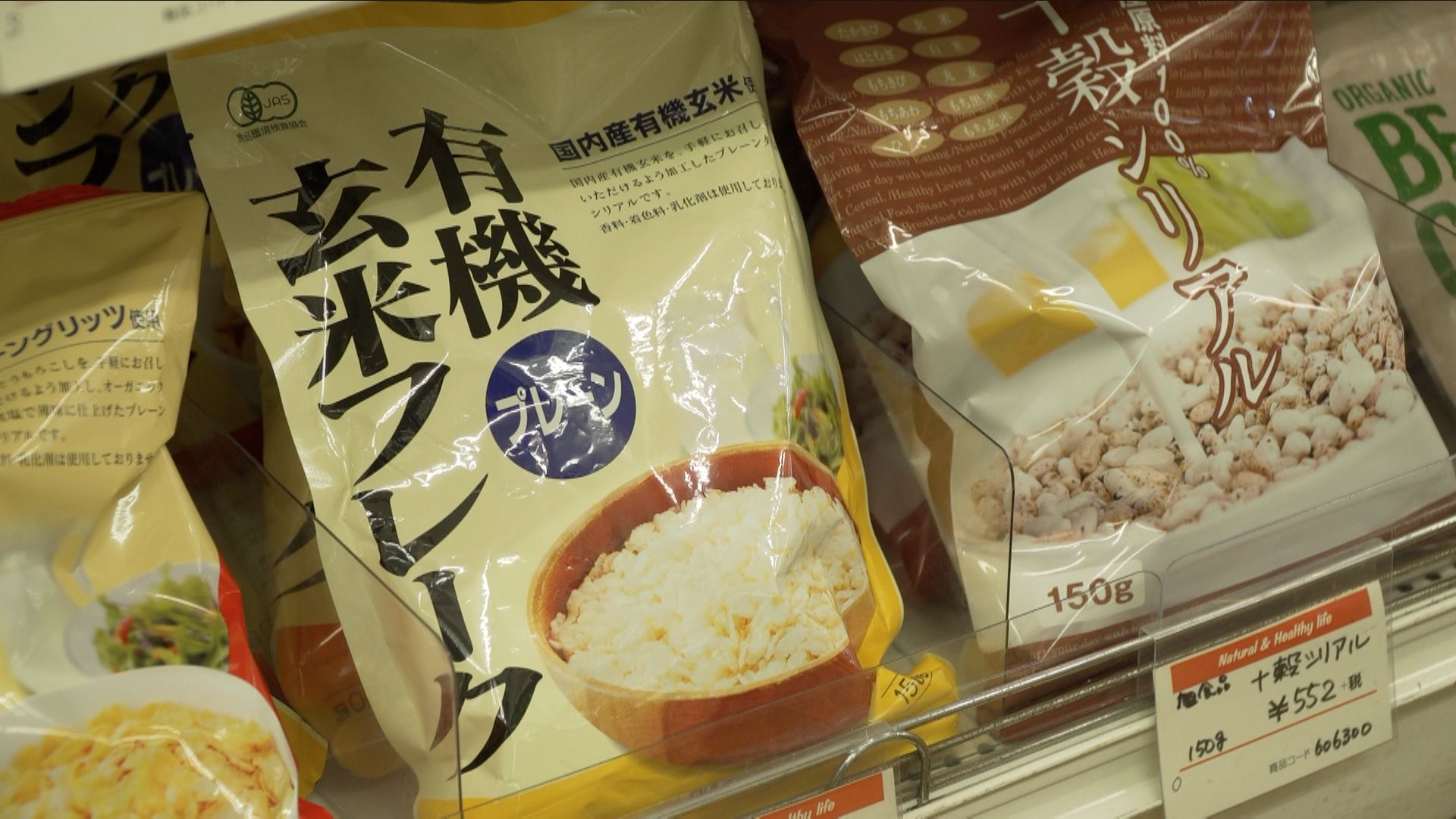
Increasing number of people prefer western style breakfast, as it is quicker to prepare than Japanese style breakfast with rice. /CGTN Photo
Increasing number of people prefer western style breakfast, as it is quicker to prepare than Japanese style breakfast with rice. /CGTN Photo
And in recent years, people started to avoid rice due to the high rate of diabetes in the country. Rice is rich in carbohydrates and can increase the risk of type 2 diabetes.
At its peak in 1961, an average Japanese consumed 118.3 kilograms of rice per year. However, in 2016, average consumption has halved to 54 kilograms per person per year.
Tadao Koike, a five star rice Meister in Tokyo said Japanese love for white rice has not changed much, but younger people do not want to spend their time cooking and washing up afterwards. Especially when you can find cheap and fast food anywhere in the city.
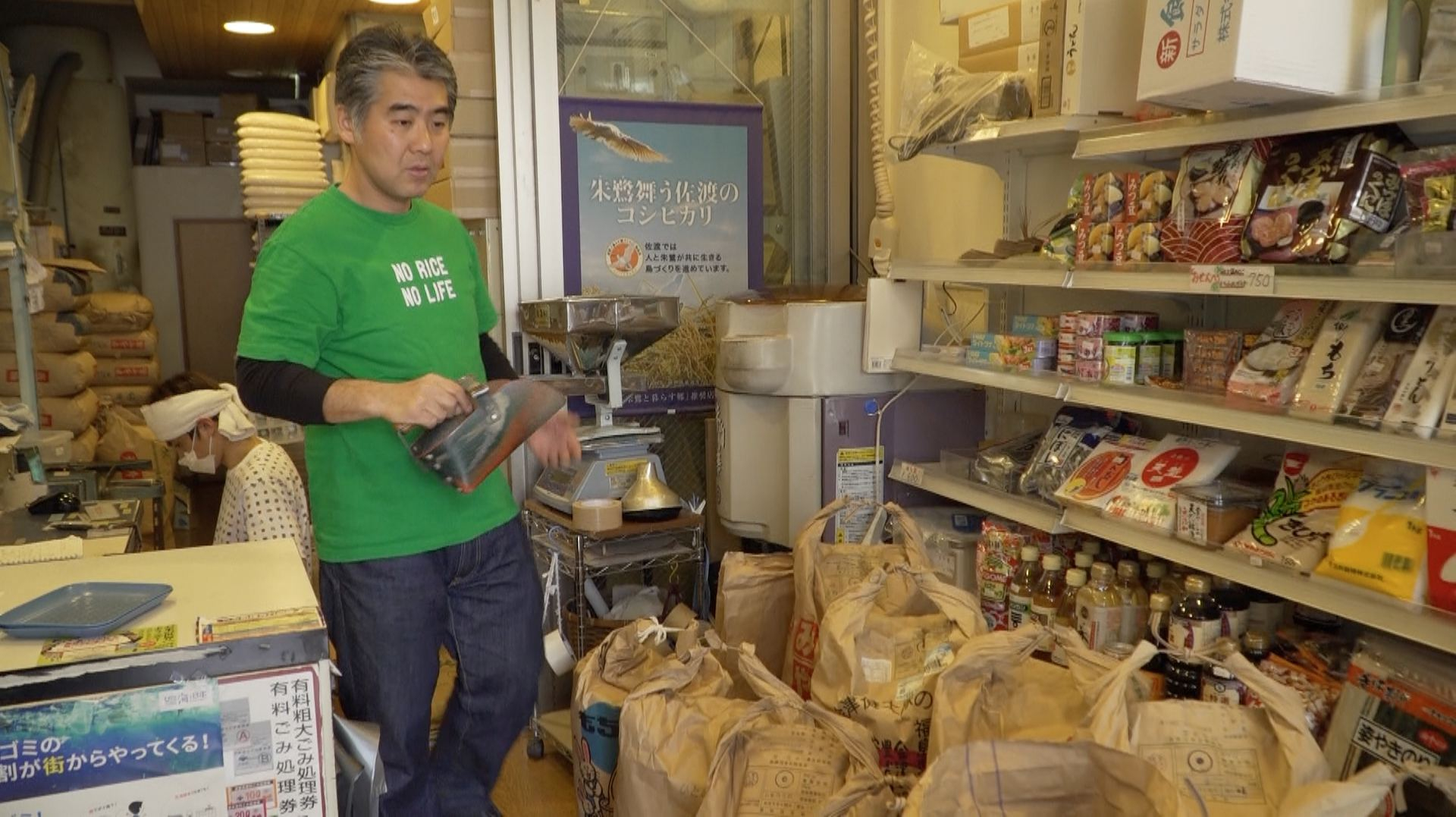
Tadao Koike, a five star rice Meister, is the third-generation owner of the rice shop opened in 1930. He travels around Japan to find tasty rice and recommend best and various ways to cook them. /CGTN Photo
Tadao Koike, a five star rice Meister, is the third-generation owner of the rice shop opened in 1930. He travels around Japan to find tasty rice and recommend best and various ways to cook them. /CGTN Photo
"I think overall, Japanese love of white rice has not changed. But changes in lifestyle and very convenient lifestyles in the cities has reduced household consumption of rice. Also for health reasons, people are eating more brown rice or half polished rice than white rice," said Koike.
Many Japanese businessmen and women prefer to have sandwiches so that they can eat with one hand while working, or noodles so that they can consume quickly.
Ironically, while domestic demand for rice declined considerably, products made from rice has gained popularity.
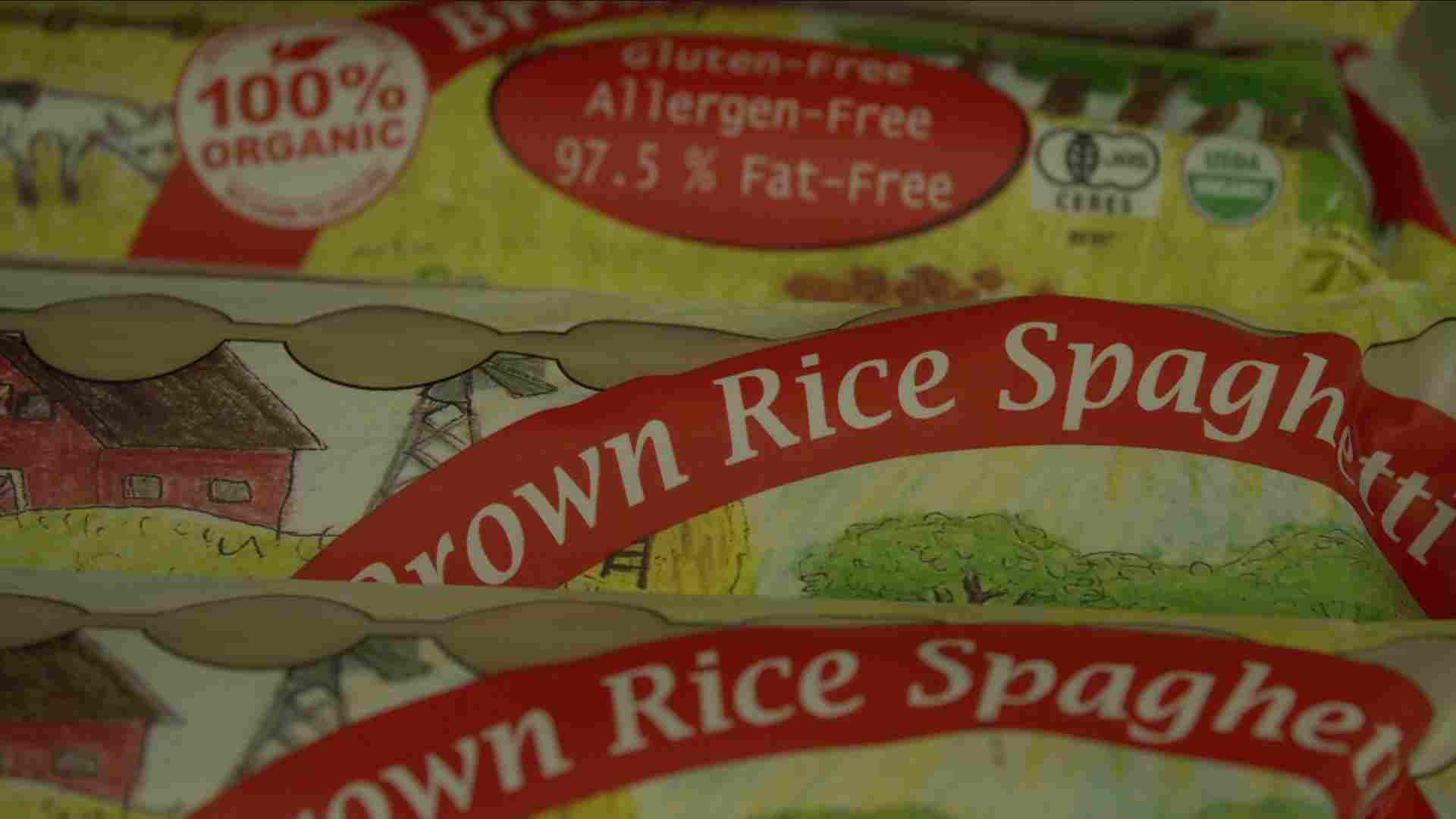
Spaghetti made from rice is gluten free and popular among health-conscious people. /CGTN Photo
Spaghetti made from rice is gluten free and popular among health-conscious people. /CGTN Photo
Daigo Terashima who owns a natural food shop in Tokyo said, "To counter these trends, authorities and agriculture group increased manufacture of products made from rice to maintain the rice consumption, which actually worked."
Many realized that rice crackers and many rice products are actually healthier than western sweets, like chocolates and cakes.
Average Japanese weight is said to have increased in recent years due to increase in western style diets. Many are now showing increasing interest in rice oil, rice flour and rice vinegar.
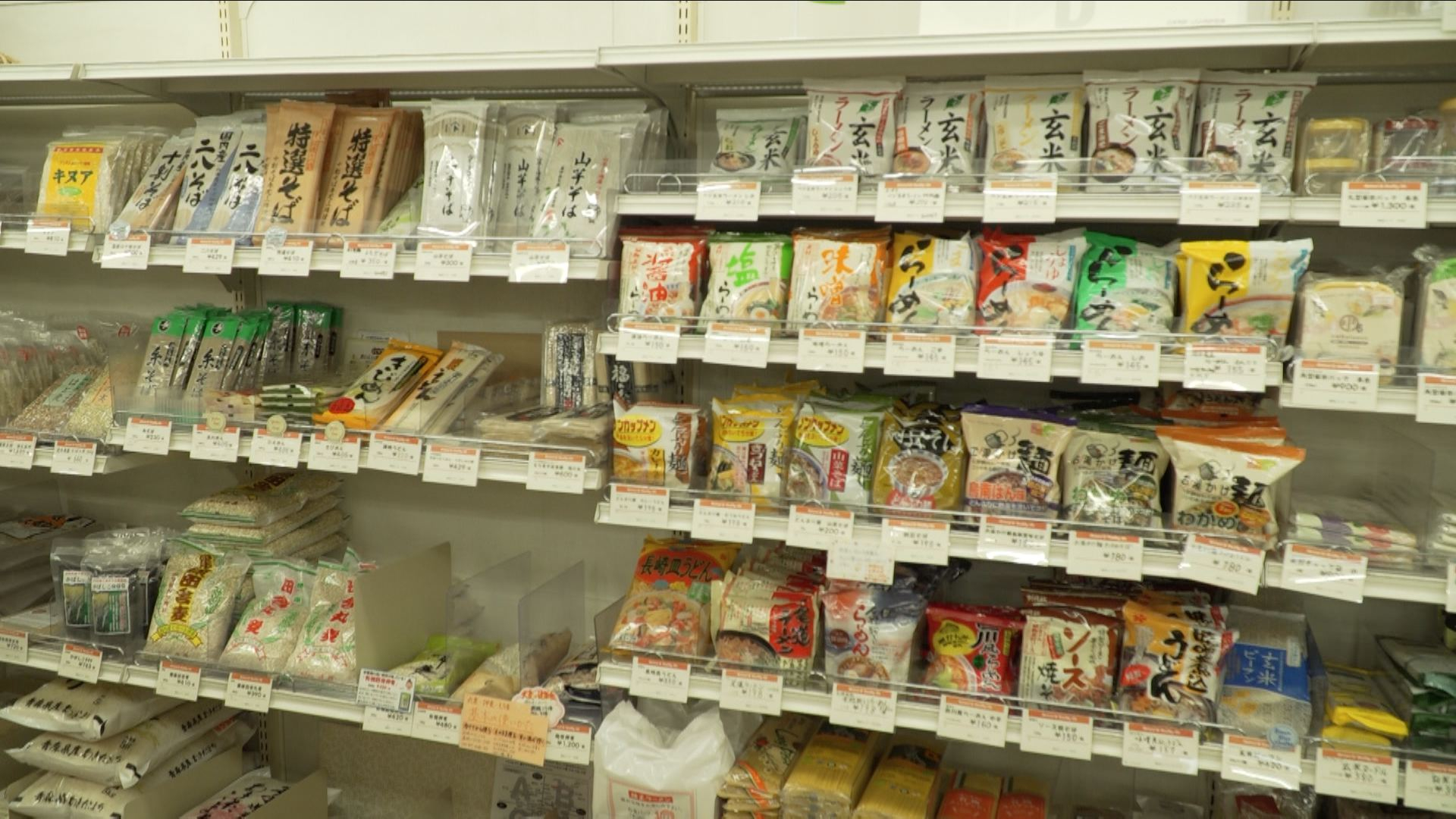
Various products made from rice, noodles, crackers, soup and more gluten-free rice products is gaining popularity, especially among those with allergies to wheat. They are popular among health-conscious women. /CGTN Photo
Various products made from rice, noodles, crackers, soup and more gluten-free rice products is gaining popularity, especially among those with allergies to wheat. They are popular among health-conscious women. /CGTN Photo
"People who want to have gluten-free food have increased, and they prefer rice flour to wheat flour, because it is also made in Japan, and people have reassurance of fresh and safe products," Terashima said.
Promotion of rice products was a great success with the recent trend of health consciousness. The number of products has increased considerably. New products, such as pasta, cereal and rice bread, have gained great popularity in Japan.
But it has spurred competition with soy product producers, who had stable market and also claiming its healthy features.






